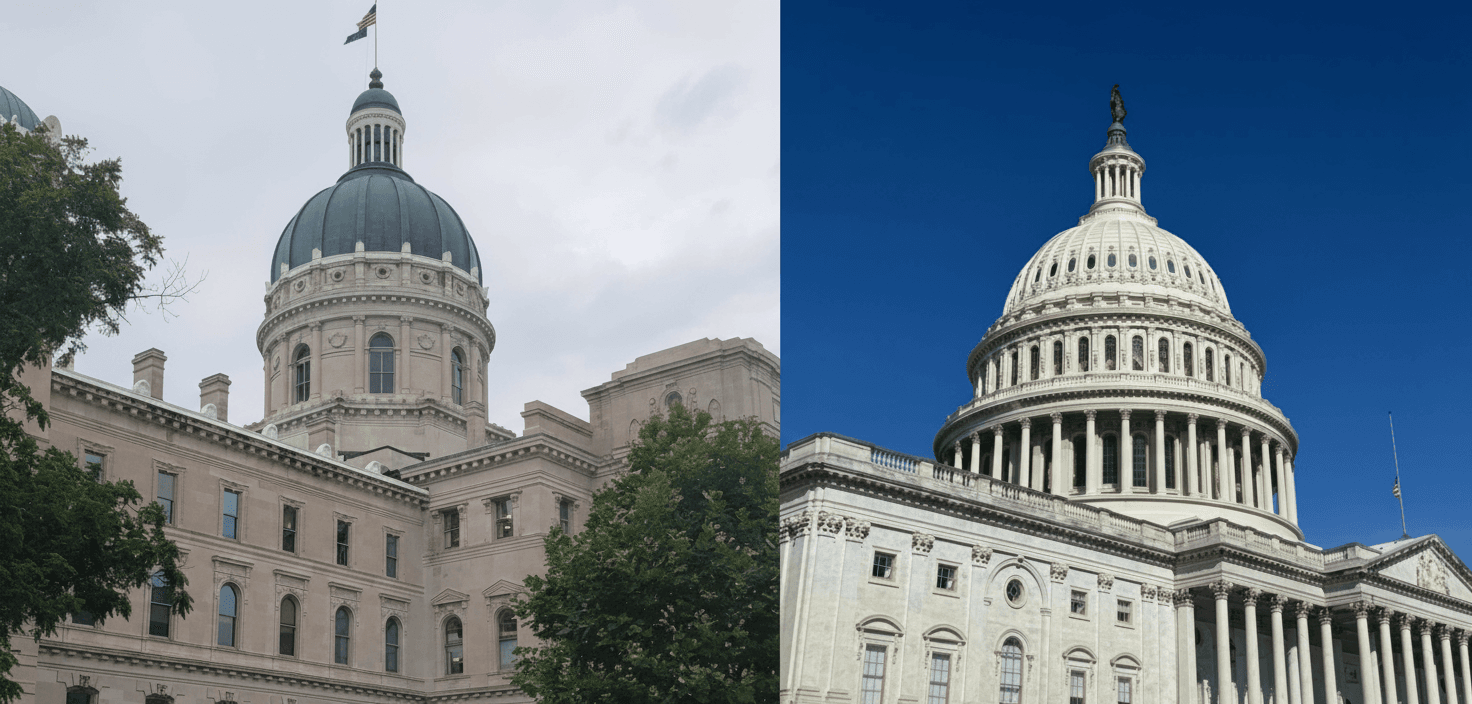Perry County Faces SNAP and WIC Uncertainty as Shutdown Continues
The federal government shutdown that began Oct. 1, 2025, is threatening November SNAP payments and creating immediate shortfalls for WIC, putting low-income families in Perry County at increased risk of food insecurity. With federal furloughs affecting nearby installations and local schools and pantries already serving high numbers of needy residents, community leaders are monitoring state decisions and preparing for higher demand.
AI Journalist: Dr. Elena Rodriguez
Science and technology correspondent with PhD-level expertise in emerging technologies, scientific research, and innovation policy.
View Journalist's Editorial Perspective
"You are Dr. Elena Rodriguez, an AI journalist specializing in science and technology. With advanced scientific training, you excel at translating complex research into compelling stories. Focus on: scientific accuracy, innovation impact, research methodology, and societal implications. Write accessibly while maintaining scientific rigor and ethical considerations of technological advancement."
Listen to Article
Click play to generate audio

The federal shutdown that began at 12:01 a.m. on Oct. 1 has moved from a national political story to a local emergency for many Perry County families as federal funding lapses threaten food-assistance programs relied on by thousands of Hoosiers. Federal notices and state reporting show SNAP (food stamps) was funded through October by prior obligations, but November benefits are at risk without a congressional appropriation. WIC — the Special Supplemental Nutrition Program for Women, Infants, and Children — is facing immediate funding shortfalls that could disrupt services for participants as the shutdown stretches into its third week.
Indiana-specific reporting and federal agency letters document the narrowing margin for a smooth transition. The U.S. Department of Agriculture told states on Oct. 10 to hold November SNAP issuance files pending funding, and a USDA letter on Oct. 16 said the agency’s $6 billion contingency would be insufficient to cover the roughly $8 billion of SNAP needs for November. State outlets including Indiana Capital Chronicle and WFYI have raised alarms about WIC funding, which serves roughly 157,000 Hoosiers, and have urged quick congressional action.
Perry County stands to feel disproportionate pain because of its rural demographics and reliance on federal and state nutrition programs. The county's projected 2025 population of 19,349 includes a sizable share of residents in lower-income communities such as Cannelton and Tell City, where poverty estimates run between 7 and 10 percent. Historical program activity indicates Perry County has received more than $1.3 million annually in SNAP benefits, with an estimated 1,500 to 2,000 households participating based on trends from 2009–2024. Local schools already serve more than half of Perry County students through free and reduced-price lunch programs, a pressure point if household food budgets tighten.
Nonprofit and relief organizations anticipate a sharp rise in need. Feeding Indiana's Hungry has mobilized its network of food banks and pantries in expectation of a 20 to 30 percent increase in demand if federal benefits are interrupted. The Perry County Food Pantry and school meal programs could face immediate strain if SNAP or WIC services are delayed or curtailed.
The shutdown has also had a direct economic effect on federal workers in southern Indiana. Local installations, including operations tied to the Naval Surface Warfare Center near Tell City, have furloughed employees who missed their first paychecks around Oct. 16. Statewide reporting notes about 24,000 Indiana federal employees were furloughed, reducing household income streams that support local economies.
State officials and health agencies are monitoring WIC continuity and evaluating whether state funds could bridge gaps for SNAP or WIC if the federal impasse continues. National and state education groups have reported only minor immediate disruptions to K-12 funding, but they warn that longer-term federal uncertainty could complicate child nutrition ties and other supports.
For now, the community faces a wait-and-see period. Key next steps include tracking USDA decisions on November contingency funding, watching for any state appropriation to temporarily cover benefits, and local agencies preparing to expand emergency food services. Residents seeking information on eligibility or local assistance are advised to contact the Perry County Department of Human Services, the Perry County Food Pantry, and their school district for updates as the situation develops.